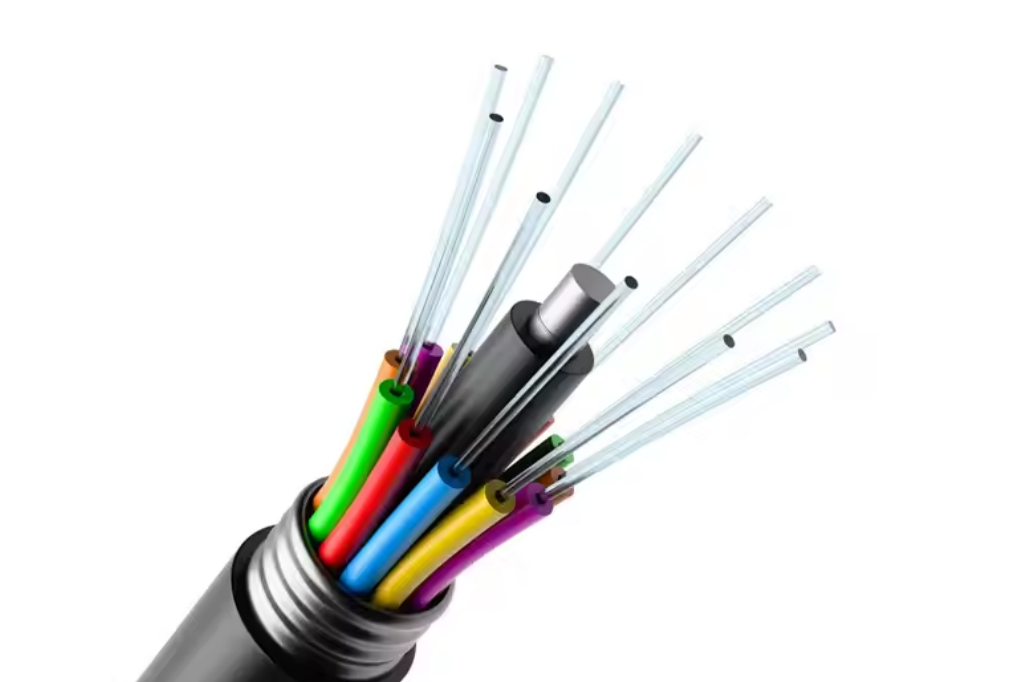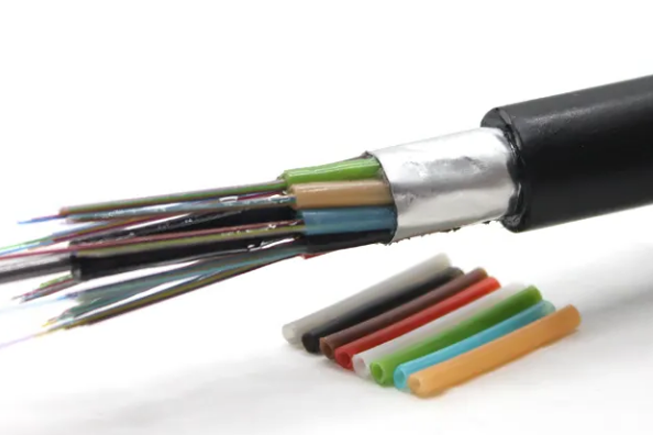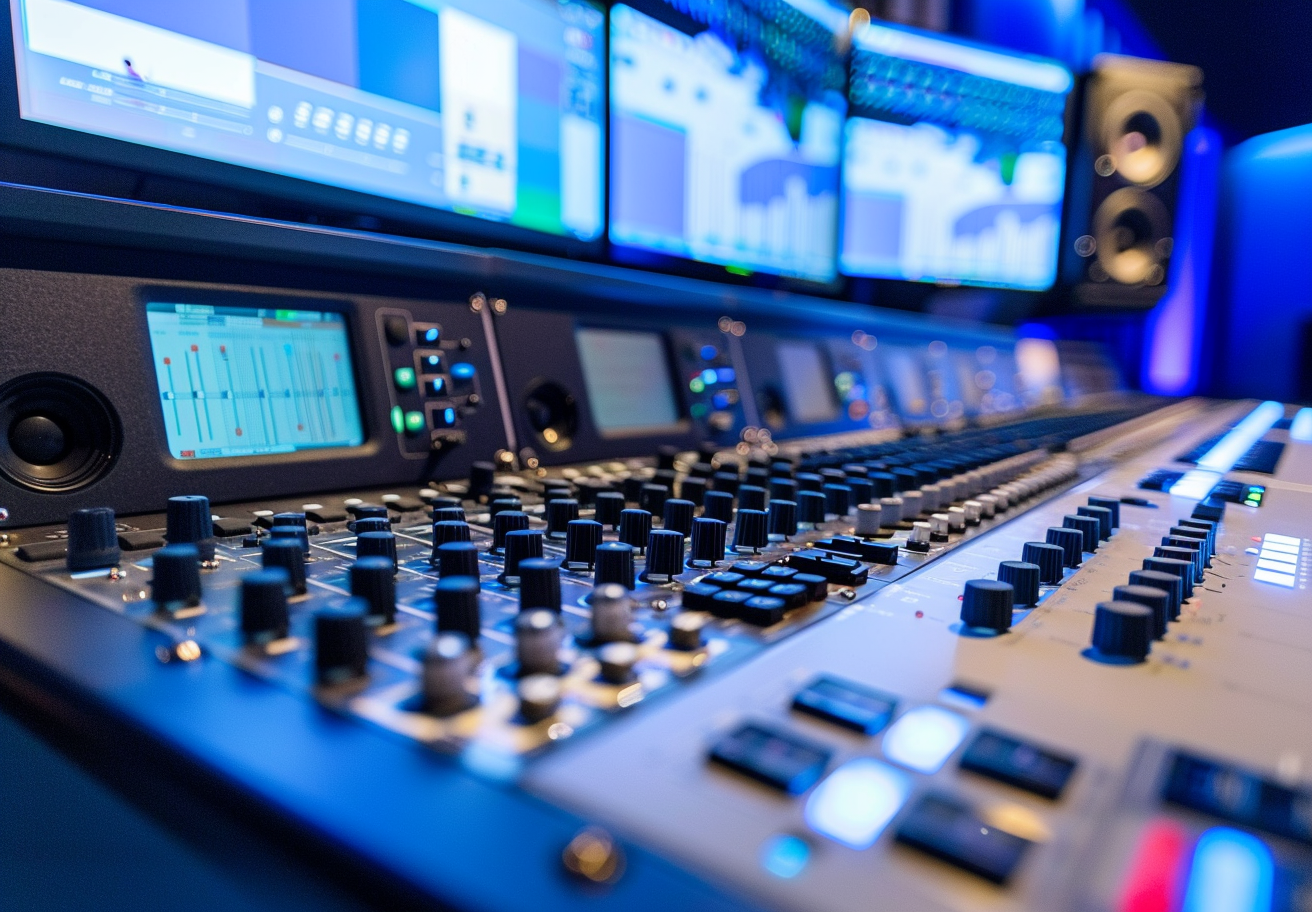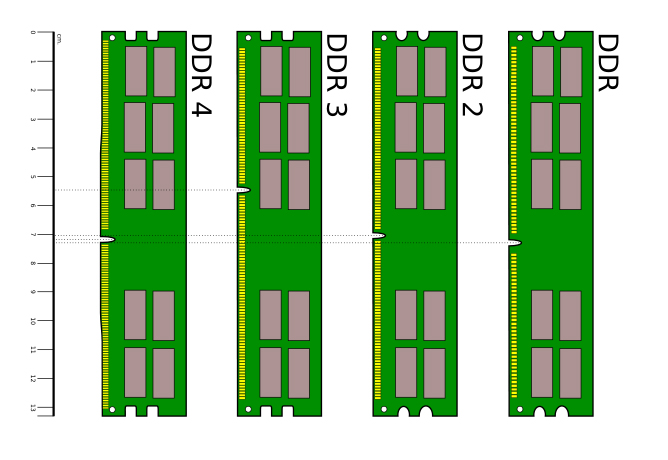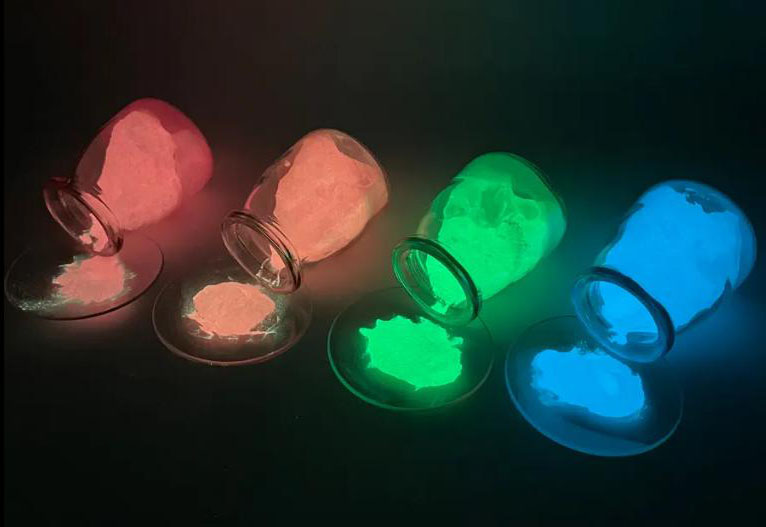
Fiber Optic Cables vs. Copper Cables: A Definitive Guide to Performance, Cost, and Applications
Introduction
When building a modern network, selecting the right cabling technology is a crucial decision. Fiber optic cables and copper cables are the two primary options available, each with its unique strengths and limitations. Fiber optic cables are often lauded for their superior performance and scalability, while copper cables remain a popular choice for cost-sensitive projects and legacy systems.
In this article, we'll explore the key differences between fiber optic and copper cables across various aspects, including performance, durability, security, cost, and applications. By understanding their capabilities and limitations, you can make an informed choice tailored to your specific network requirements.
How Fiber Optic and Copper Cables Work
Understanding how fiber optic and copper cables function provides the foundation for comparing their capabilities. These two technologies rely on fundamentally different mechanisms for data transmission, which significantly influences their performance and applications.
-
Fiber Optic Cables
Fiber optic cables transmit data using pulses of light. At the core of these cables are thin strands of glass or silica, about the width of a human hair. Surrounding the core is a cladding that reflects light back into the core, ensuring the light signals remain contained as they travel through the cable.
This design allows fiber optics to achieve incredible speeds and long-distance transmission with minimal signal loss. The light-based transmission mechanism is also immune to electromagnetic interference (EMI), making fiber optics highly reliable in environments with electronic noise. -
Copper Cables
Copper cables, in contrast, transmit data through electrical pulses via a copper core. Depending on their intended use, they may feature a solid copper conductor (as in coaxial cables) or twisted copper pairs (as in Ethernet cables). To protect the signal, copper cables are often insulated and shielded to varying degrees.
While copper cables are effective for short-distance and low-bandwidth applications, their reliance on electrical transmission makes them susceptible to EMI, signal degradation over long distances, and a slower overall transmission speed compared to fiber optics.
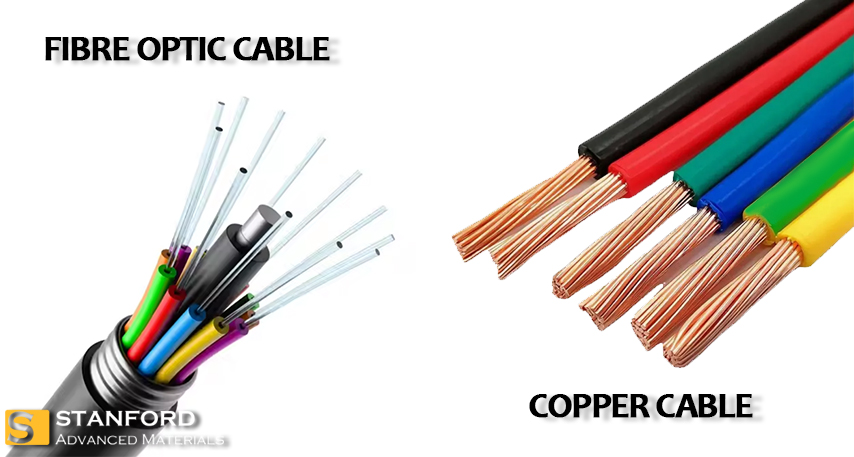
Transmission Performance: Speed, Distance, and Reliability
When choosing between fiber optic cables and copper cables, three key performance factors typically come into play: transmission speed, distance, and signal reliability. These characteristics are essential in determining which cable type is most suitable for specific applications. Below is a detailed comparison of the performance factors for both fiber optic and copper cables:
| Performance Factor | Fiber Optic Cables | Copper Cables |
|---|---|---|
| Transmission Speed | Up to 100 Gbps and beyond | Up to 10 Gbps (depending on the cable type) |
| Transmission Distance | Up to 100 km or more | Up to 100 meters |
| Signal Reliability | Less susceptible to interference, higher reliability | Prone to electrical interference (EMI), lower reliability |
| Attenuation | Low attenuation, minimal signal loss over long distances | Higher attenuation, signal degradation over long distances |
| Physical Durability | More resistant to environmental factors like water, heat, and electromagnetic interference | Vulnerable to physical damage like corrosion, bending, and electrical hazards |
Transmission Speed
Fiber optic cables are capable of significantly higher speeds than copper cables. The technology used in fiber optics allows for data to be transmitted using light, which moves faster than electrical signals in copper wires. Fiber optic cables can support data rates up to 100 Gbps and beyond, making them ideal for high-speed applications, such as data centers and large-scale internet connections. Copper cables, on the other hand, generally have lower speeds, usually capped at around 10 Gbps depending on the specific cable type.
Transmission Distance
Fiber optic cables have a significant advantage in transmission distance. Because they use light pulses, the signal does not degrade as quickly over long distances, which allows fiber optic cables to transmit data for distances up to 100 kilometers or more without loss of quality. In contrast, copper cables are limited in distance, typically transmitting data effectively only up to 100 meters before signal degradation (attenuation) becomes an issue.
Signal Reliability
Reliability is another area where fiber optic cables excel. Copper cables are susceptible to electromagnetic interference (EMI), which can cause signal loss and reduce the reliability of the connection. This makes copper cables less suitable for environments with a lot of electronic noise or where data integrity is critical. Fiber optic cables, by contrast, are immune to electromagnetic interference and provide a more stable, reliable signal. This makes them the preferred choice for industries where uptime and data security are paramount.
Attenuation and Signal Loss
Attenuation refers to the loss of signal strength as data travels through a cable. Fiber optic cables suffer less attenuation compared to copper cables, which means they can transmit data over longer distances without the need for repeaters or signal boosters. Copper cables, however, experience higher attenuation and signal loss, especially over long distances, leading to a reduction in data quality and increased need for signal regeneration.
Physical Durability
Fiber optic cables are generally more durable than copper cables. They are resistant to environmental factors like moisture, heat, and electromagnetic interference. Additionally, fiber optic cables can maintain performance in harsh conditions, making them ideal for outdoor use and areas with high levels of interference. Copper cables, while flexible and easier to install in many cases, are more susceptible to physical damage, such as corrosion, bending, or even breakage when exposed to environmental conditions.
Cost and Installation Considerations
When choosing between fiber optic and copper cables, the financial and practical aspects of installation and maintenance play a crucial role in the decision-making process. While fiber optics offer superior performance, copper cables may be a more budget-friendly option depending on the specific requirements and the scope of the installation.
| Cost Factor | Fiber Optic Cables | Copper Cables |
|---|---|---|
| Initial Installation Cost | Higher due to the need for specialized installation and equipment | Lower installation costs due to wide availability and ease of installation |
| Maintenance Cost | Relatively low once installed, but repairs can be costly due to delicate nature | Generally low, though prone to corrosion and wear |
| Infrastructure Upgrades | High upfront cost, but future-proof and scalable | Lower upfront cost, but may require upgrades over time |
| Material Cost | More expensive due to the materials used (glass fibers, etc.) | Less expensive due to copper being a widely available material |
| Installation Time | Longer installation time due to the complexity of setup | Faster installation due to simpler setup process |
Initial Installation Cost
The cost of installing fiber optic cables is generally higher than copper cables. This is due to several factors, including the specialized equipment and skilled labor required to install fiber optic cables. Fiber optic cables are delicate and must be handled with care to avoid damaging the fibers during installation. Additionally, fiber optic installation often requires a more complex setup, such as fusion splicing and the use of optical transceivers, which can contribute to the overall cost.
Copper cables, on the other hand, are less expensive to install because they are widely available, more robust, and easier to work with. Copper cables do not require the same level of care during installation, and the labor costs for their installation are generally lower. As a result, copper cables may be a more cost-effective option for smaller-scale installations or where the network's performance demands are not as high.
Maintenance Costs
In terms of ongoing maintenance, fiber optic cables tend to be more durable and require less frequent maintenance than copper cables. While fiber optics are less likely to suffer from physical wear and tear, they are more sensitive to installation errors, bending, or damage. Any damage to fiber optic cables often requires expensive repairs or replacement due to the need for specialized equipment and expertise.
Copper cables have lower repair costs, but they are more prone to environmental damage, such as corrosion or physical wear, which can lead to higher maintenance costs over time. Additionally, copper cables may require periodic replacement or repair due to issues like oxidation or signal degradation. This can be a concern in areas with high humidity or where cables are exposed to harsh conditions.
Future-proofing and Infrastructure Upgrades
One of the significant advantages of fiber optic cables is their future-proofing capability. As data demands increase over time, fiber optic cables are able to handle much higher speeds and greater bandwidth than copper cables. This makes fiber optics an excellent choice for long-term infrastructure planning, as they are less likely to become obsolete in the foreseeable future. Investing in fiber optic cables now can save significant costs on upgrades in the years to come.
Copper cables, while more affordable upfront, may require frequent upgrades to keep up with increasing bandwidth demands. As technology continues to evolve, copper cables may struggle to meet the needs of high-performance networks, necessitating costly replacements or updates to fiber optic cables later on.
Material Cost
The raw materials for fiber optic cables are more expensive than copper, as fiber optic cables are made from glass and special coatings, whereas copper cables are made from the more abundant and less costly copper wire. As such, the material cost for fiber optic cables can be significantly higher. However, the performance benefits of fiber optics often justify the higher initial material cost, especially in environments where speed, reliability, and scalability are crucial.
Installation Time
Fiber optic installation typically takes longer due to the complexity of the setup and the need for specialized equipment and skills. Properly laying out and testing fiber optic cables can be time-consuming, particularly in large-scale installations. Copper cables, being easier to handle, often require less time to install, making them a good option for projects with tight deadlines or limited budgets.
Applications of Fiber Optic and Copper Cables
The choice between fiber optic and copper cables largely depends on the specific application requirements. While fiber optic cables excel in high-speed, long-distance, and high-capacity environments, copper cables continue to be popular for certain traditional and cost-sensitive applications.
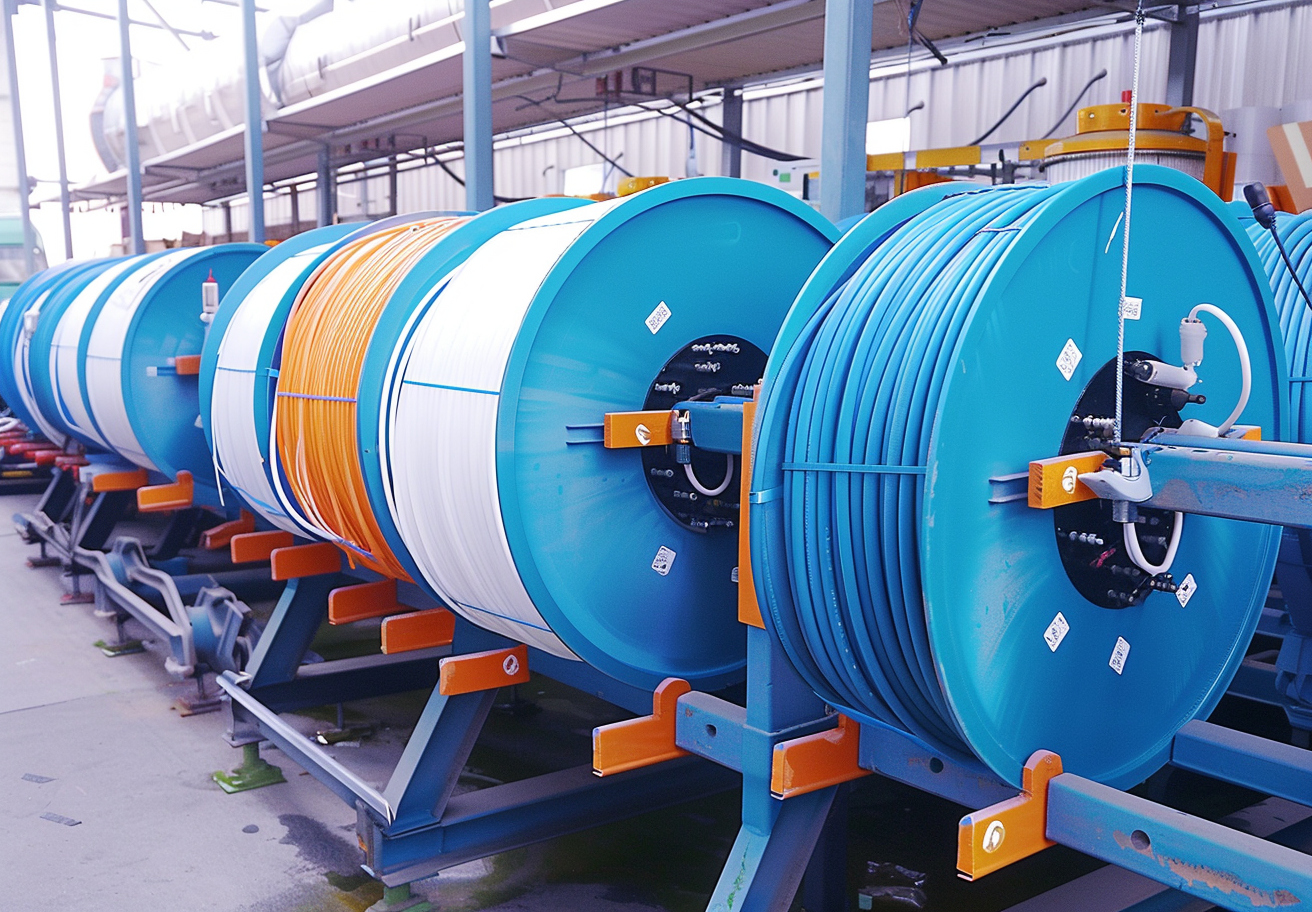
Telecommunications
Fiber optic cables have revolutionized telecommunications, allowing for fast, long-distance communication across continents. They are used in the backbone of internet infrastructure and for providing high-speed broadband services to customers. Fiber optics enable faster transmission speeds, greater reliability, and larger bandwidth capacity compared to copper cables. Copper cables, however, are still used in some legacy telecommunications networks and for short-range applications like telephone lines.
Internet & Data Networks
Fiber optics is the preferred choice for modern internet backbones, supporting the enormous amounts of data transferred between cities, countries, and continents. Fiber optics can transmit data over long distances without significant signal loss or degradation, making them ideal for large-scale data networks. Copper cables, while still used for local area networks (LANs) and some internet connections (like DSL), have limitations in speed and bandwidth, which is why fiber optics are gradually replacing them in high-demand environments.
Computer Networks
Within computer networks, fiber optics offer high-speed data transfer, minimal latency, and increased bandwidth. They are commonly used in data centers and large corporate networks, ensuring that data flows efficiently between servers and clients. Copper cables are often used for smaller, local networks, especially in older setups or in environments where performance demands are lower.
Security Systems
Fiber optic cables are critical in modern security systems, offering secure, high-speed data transmission for surveillance cameras, alarm systems, and other monitoring equipment. Their resistance to electromagnetic interference makes them ideal for environments where data integrity is essential. Copper cables, while sometimes used for short-range applications, do not offer the same level of security or performance as fiber optics in these settings.
Medical Applications
In the medical field, fiber optic cables are used in imaging systems such as endoscopes, medical sensors, and laser surgeries, where the ability to transmit light and images over long distances is critical. The flexibility and thinness of fiber optics make them ideal for minimally invasive surgeries. Copper cables are used in some traditional medical equipment but are being increasingly replaced by fiber optics due to the latter’s superior performance and smaller size.
Automotive Industry
Fiber optics are becoming an essential part of the modern automotive industry, particularly in advanced safety features, lighting systems, and data communication within vehicles. They are used in airbag systems, automatic braking, and other safety features where rapid communication is necessary. Copper cables are still common in older vehicle wiring systems, especially for power distribution, but fiber optics are growing in popularity for newer, more advanced automotive technologies.
Military & Defense
In the military and defense sectors, secure and high-speed communications are paramount. Fiber optic cables are ideal for transmitting sensitive data quickly and securely. Their ability to maintain high bandwidth and security makes them essential for military communications, surveillance systems, and intelligence gathering. While copper cables are still used in certain tactical communication setups, fiber optics are increasingly being adopted due to their reliability and security.
Cable Television
For cable television providers, fiber optic cables allow for the delivery of high-definition video, 4K streaming, and broadband internet simultaneously. Fiber optics provide the bandwidth necessary to handle large volumes of data and support the growing demand for high-quality, high-speed video services. Copper cables, on the other hand, are still used in some older cable television systems, but the shift toward fiber is accelerating as demand for higher-quality video grows.
Advantages and Disadvantages of Fiber Optic and Copper Cables
When comparing fiber optic and copper cables, it's important to understand not just their applications but also the inherent benefits and drawbacks each technology offers. These advantages and disadvantages impact the choice of cable depending on specific requirements like speed, cost, installation environment, and long-term scalability.
Advantages of Fiber Optic Cables
1. High Speed and Bandwidth One of the most significant advantages of fiber optic cables is their ability to transmit data at much higher speeds compared to copper cables. Fiber optic cables can achieve speeds of up to 100 Gbps (gigabits per second), with some advanced systems even surpassing this. Additionally, fiber optics can support bandwidth up to several terabits per second (Tbps), enabling them to handle large data volumes without degradation in performance.
2. Long-Distance Transmission Fiber optic cables are capable of transmitting signals over far greater distances without signal loss than copper cables. While copper cables may need repeaters every 100 meters or so, fiber optics can carry signals for up to 100 kilometers, making them ideal for long-distance applications such as telecommunications, internet backbones, and international data transfers.
3. Immunity to Electromagnetic Interference Unlike copper cables, fiber optic cables are immune to electromagnetic interference (EMI). This means that they are less likely to suffer from data corruption caused by electrical noise or interference from nearby cables and equipment. This property makes fiber optics a preferred choice for environments with high electromagnetic fields, such as factories, hospitals, and other industrial or medical applications.
4. Durability and Reliability Fiber optic cables are made from glass or plastic, which are more durable than copper. They are also less susceptible to environmental factors such as temperature fluctuations and corrosion. This makes fiber optics a more reliable option in harsh environments, where long-term durability is important.
5. Future-Proof Technology Fiber optic cables are capable of supporting high-speed and high-capacity data transmission well into the future. As bandwidth demands continue to increase with the growth of technologies like 4K/8K video streaming, the Internet of Things (IoT), and cloud computing, fiber optics provide a scalable solution that can adapt to evolving needs without requiring frequent upgrades.
Disadvantages of Fiber Optic Cables
1. Higher Initial Cost While the cost of fiber optic cables has decreased over the years, they are still generally more expensive than copper cables, especially for installation. The specialized tools, equipment, and trained labor required for fiber optic installation can add to the initial expense.
2. Fragility and Sensitivity to Bending Fiber optic cables are more fragile than copper cables, especially when bent sharply. Over-bending can cause the fibers to break or lead to signal degradation. Special care must be taken during installation and handling to avoid damage, making fiber optic cables less flexible in some situations than copper cables.
3. Limited Availability in Some Areas In many rural or remote areas, fiber optic infrastructure is not yet fully developed. In these locations, copper cables are still the more readily available option, and fiber optics might require a costly and lengthy installation process.
Advantages of Copper Cables
1. Cost-Effective Copper cables are much cheaper to purchase and install compared to fiber optic cables. For small-scale installations or environments with low data transfer needs, copper cables provide a more affordable option, both in terms of material cost and installation.
2. Ease of Installation Copper cables are easier to install and handle, requiring less specialized knowledge and fewer tools compared to fiber optic cables. They are also more flexible in terms of bending, which makes them easier to work with in tight spaces or difficult environments.
3. Wide Compatibility Copper cables have been in use for a long time, and as a result, they are compatible with a wide range of existing electronic devices and infrastructure. This makes them a good option for upgrading or maintaining legacy systems without needing extensive reconfiguration.
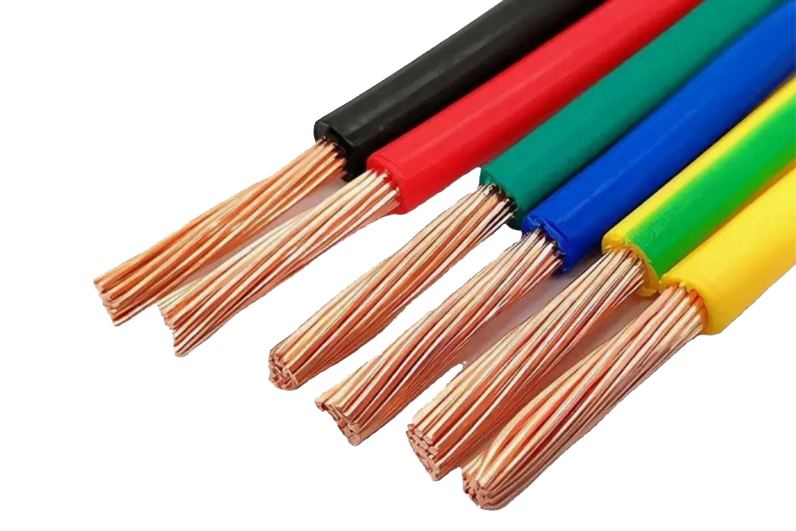
Disadvantages of Copper Cables
1. Limited Speed and Bandwidth Copper cables are inherently slower than fiber optics and can typically only support speeds up to 10 Gbps in the best cases. With increasing demands for high-speed internet, copper cables are becoming obsolete in many applications where large data volumes need to be transmitted quickly.
2. Susceptibility to Interference Copper cables are susceptible to electromagnetic interference (EMI), which can degrade the quality of the signal, leading to data loss or slower transmission speeds. This can be a significant drawback in environments where sensitive data integrity is required, such as in medical or industrial applications.
3. Shorter Lifespan Copper cables have a relatively short lifespan compared to fiber optics, as they are prone to corrosion, especially in outdoor or humid environments. The need for periodic replacement can increase the total cost of ownership over time.
4. Greater Power Consumption Copper cables consume more power compared to fiber optics, especially over longer distances. This can result in higher operational costs, particularly for large networks that require significant energy for data transmission.
Conclusion: Choosing the Right Cable for Your Needs
Choosing between fiber optic and copper cables depends on the specific demands of your application. Fiber optic cables are ideal for high-speed, long-distance, and high-capacity environments, offering future-proof performance, minimal maintenance, and scalability. While they come with higher initial costs, they are increasingly becoming the standard for modern telecommunications, data centers, and high-performance applications.
On the other hand, copper cables remain a cost-effective option for legacy systems or areas with lower data demands. However, they are limited in terms of speed, bandwidth, and long-distance reliability.
At Stanford Optics, we offer expert guidance to help you select the right cabling solution for your needs. Whether you're upgrading or building a new network, our high-quality fiber optic products ensure long-term performance and reliability.
Contact us today to learn more about our fiber optic solutions!

